Deck & Commander Strategies

Trostani, Selesnya's Voice
Focuses on creating tokens and gaining life, using life-gain triggers to draw cards and stabilize the board, often leveraging creatures with lifelink and anthem effects.
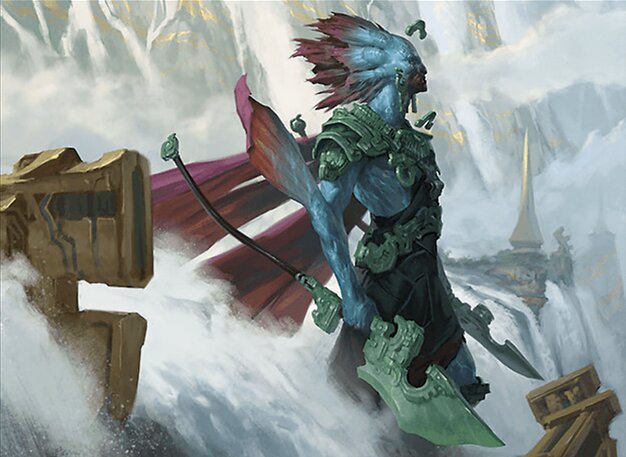
Kumena, Tyrant of Orazca
A merfolk and elf tribal deck that ramps aggressively, generates a wide board of tokens, and uses synergy to pump creatures for combat dominance.
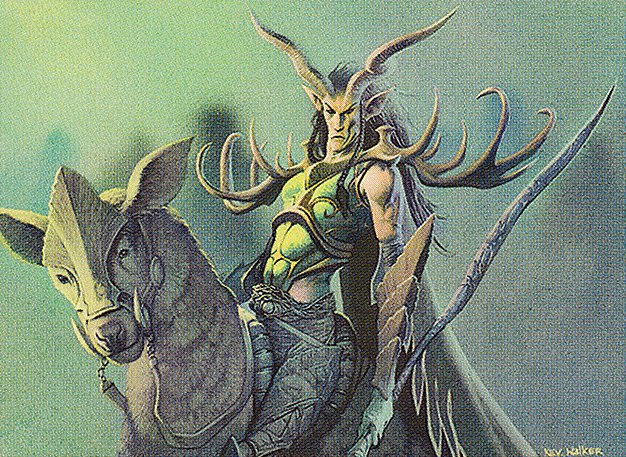
Nath of the Gilt-Leaf
Utilizes discard and graveyard interactions to disrupt opponents while reanimating threats and controlling the game through incremental advantage.
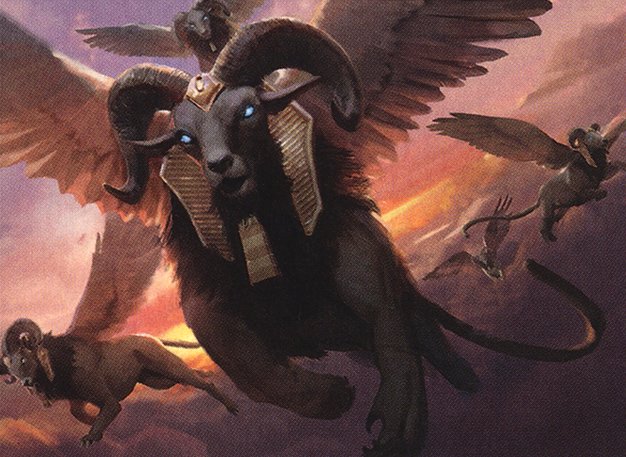
Unesh, Criosphinx Sovereign
An artifact and Sphinx tribal deck that focuses on generating card advantage and controlling the board through powerful flying creatures and monument triggers.
Gameplay Insights
- 1
The use of Day of Judgment to reset the board allowed players to rebuild and shifted the momentum away from early aggressive plays.
- 2
Unesh's monument-based pile selection and card advantage plays were pivotal in maintaining resource superiority.
- 3
Kumena's extensive token generation with Elvish Promenade created a significant board presence that pressured opponents into discarding and losing life.
- 4
Nath's combination of discard spells and reanimation threats disrupted opponents' hands while maintaining pressure through incremental advantage.
- 5
The interaction between Skullwinder and monument triggers created multiple discard effects that hindered opponents' options significantly.
- 6
Strategic use of bounce spells and timing of graveyard shuffling helped players to manipulate their libraries and maintain card flow.
Notable Cards
-
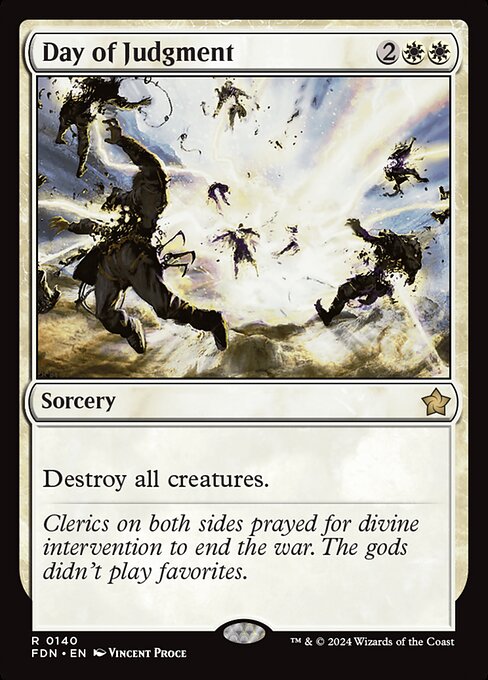
Day of Judgment
-
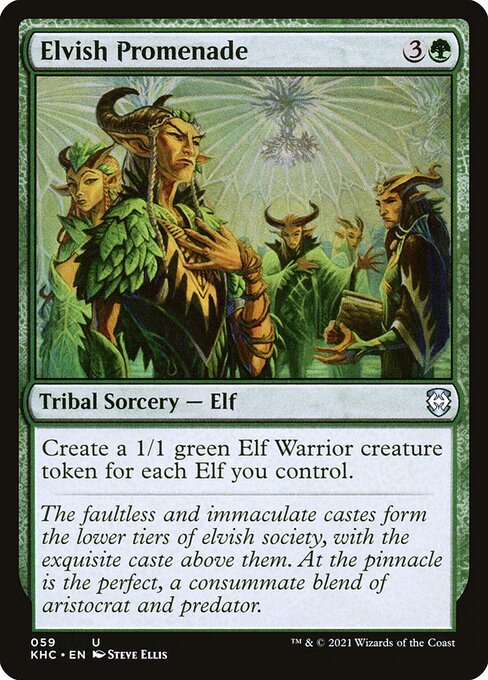
Elvish Promenade
-
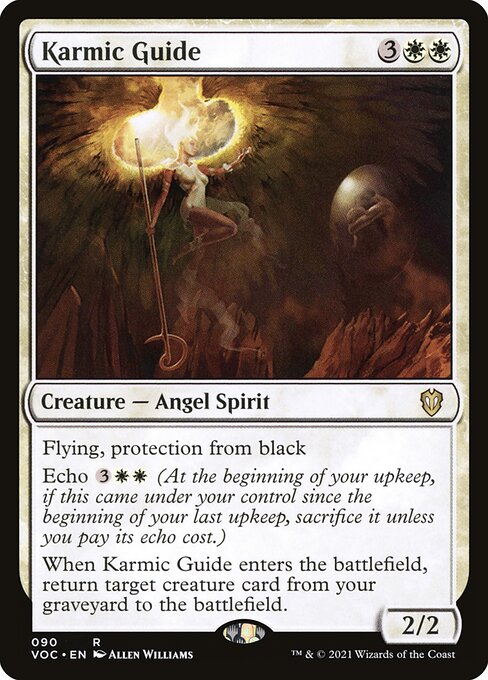
Karmic Guide
-
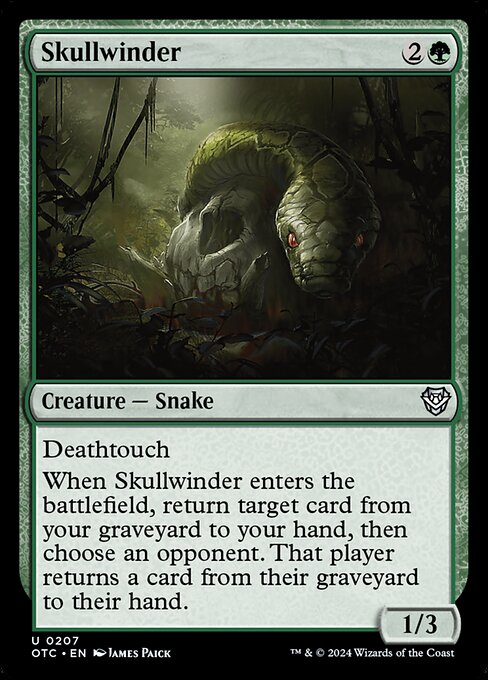
Skullwinder
-

Beast Within
-

Solemn Simulacrum
-
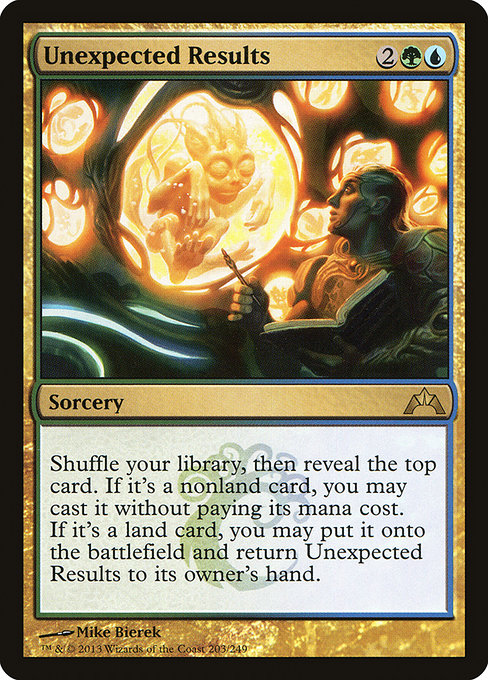
Unexpected Results
-
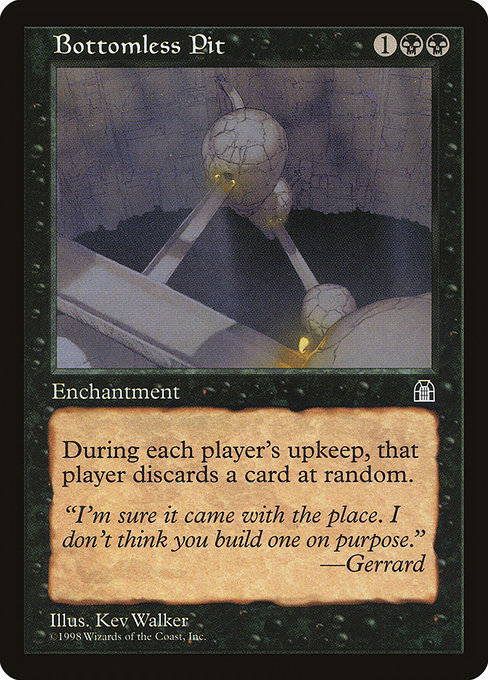
Bottomless Pit
Gameplay Summary
The game began with each player developing their mana base and establishing minor board presence.
Early plays included ramp and card draw effects, with Nath of the Gilt-Leaf and Unesh, Criosphinx Sovereign focusing on graveyard synergy and artifact interactions, respectively.
Trostani, Selesnya's Voice built a token and life-gain strategy while Kumena, Tyrant of Orazca ramped into tribal synergy with elves and merfolk.
A key turning point was the board wipe with Day of Judgment, which cleared the battlefield but left players with resources to rebuild quickly.
The ensuing turns saw tactical plays such as bounce effects, discard spells, and manipulation of graveyards to maintain card advantage and pressure opponents. As the midgame unfolded, Nath’s deck leveraged discard and reanimation triggers effectively, while Kumena’s token generation increased exponentially with Elvish Promenade and other elf synergies, dealing significant damage and forcing multiple discards and life loss from opponents.
Unesh’s artifact and sphinx tribal synergies generated card draw and board control, with multiple Sphinxes and monuments facilitating large hands and impactful plays.
Trostani focused on board control and life gain but struggled against the overwhelming tempo of the other decks.
The game’s climax involved intricate pile decisions from Unesh’s triggers, recursive discard and sacrifice effects, and large combat swings that gradually wore down players.
Ultimately, the game revolved around managing resources, careful sequencing of spells, and leveraging token and graveyard synergies to dominate the board state.













































